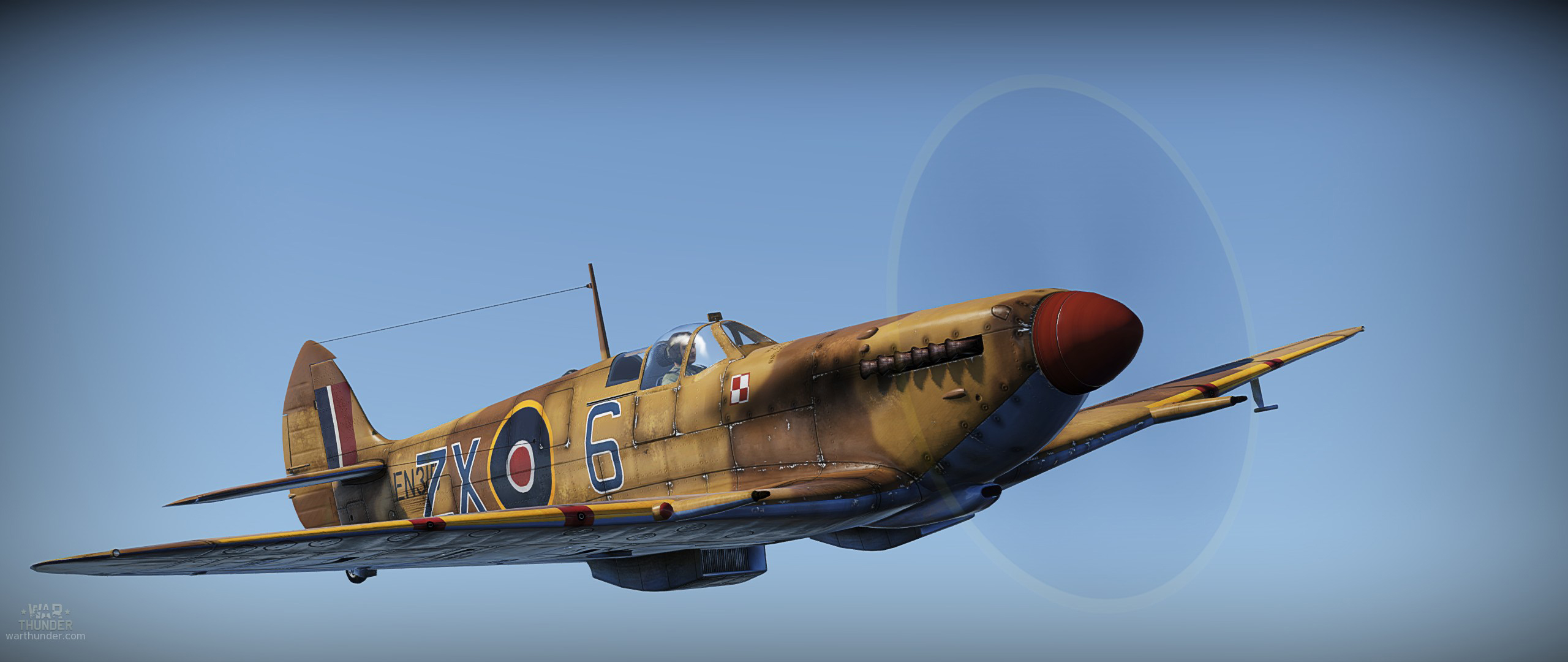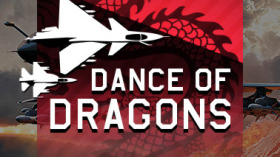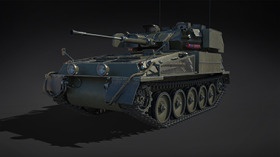
- For PC
- For MAC
- For Linux
- OS: Windows 7 SP1/8/10 (64 bit)
- Processor: Dual-Core 2.2 GHz
- Memory: 4GB
- Video Card: DirectX 10.1 level video card: AMD Radeon 77XX / NVIDIA GeForce GTX 660. The minimum supported resolution for the game is 720p.
- Network: Broadband Internet connection
- Hard Drive: 17 GB
- OS: Windows 10/11 (64 bit)
- Processor: Intel Core i5 or Ryzen 5 3600 and better
- Memory: 16 GB and more
- Video Card: DirectX 11 level video card or higher and drivers: Nvidia GeForce 1060 and higher, Radeon RX 570 and higher
- Network: Broadband Internet connection
- Hard Drive: 95 GB
- OS: Mac OS Big Sur 11.0 or newer
- Processor: Core i5, minimum 2.2GHz (Intel Xeon is not supported)
- Memory: 6 GB
- Video Card: Intel Iris Pro 5200 (Mac), or analog from AMD/Nvidia for Mac. Minimum supported resolution for the game is 720p with Metal support.
- Network: Broadband Internet connection
- Hard Drive: 17 GB
- OS: Mac OS Big Sur 11.0 or newer
- Processor: Core i7 (Intel Xeon is not supported)
- Memory: 8 GB
- Video Card: Radeon Vega II or higher with Metal support.
- Network: Broadband Internet connection
- Hard Drive: 95 GB
- OS: Most modern 64bit Linux distributions
- Processor: Dual-Core 2.4 GHz
- Memory: 4 GB
- Video Card: NVIDIA 660 with latest proprietary drivers (not older than 6 months) / similar AMD with latest proprietary drivers (not older than 6 months; the minimum supported resolution for the game is 720p) with Vulkan support.
- Network: Broadband Internet connection
- Hard Drive: 17 GB
- OS: Ubuntu 20.04 64bit
- Processor: Intel Core i7
- Memory: 16 GB
- Video Card: NVIDIA 1060 with latest proprietary drivers (not older than 6 months) / similar AMD (Radeon RX 570) with latest proprietary drivers (not older than 6 months) with Vulkan support.
- Network: Broadband Internet connection
- Hard Drive: 95 GB
Spitfire Mk. IXc, ZX-6, EN315, Sqn Ldr Stanisław Skalski, Tunisia, North Africa (Spring 1943), made by KENZO | download here
Stanislaw Skalski was born on November 27th 1915, in Kodyma in modern day Ukraine. Following the Russian Revolution in 1917, Skalski’s father sent him, along with his mother, to Zbaraz – then in Poland. His father joined them in 1921 after making his way through Romania. Skalski was educated at Dubno College before graduating from the Warsaw School of Political Science. In 1934 Skalski discovered his love of aviation first with gliders, and then powered aircraft a year later. In 1936, at the age of 20, he joined the Polish Air Force.
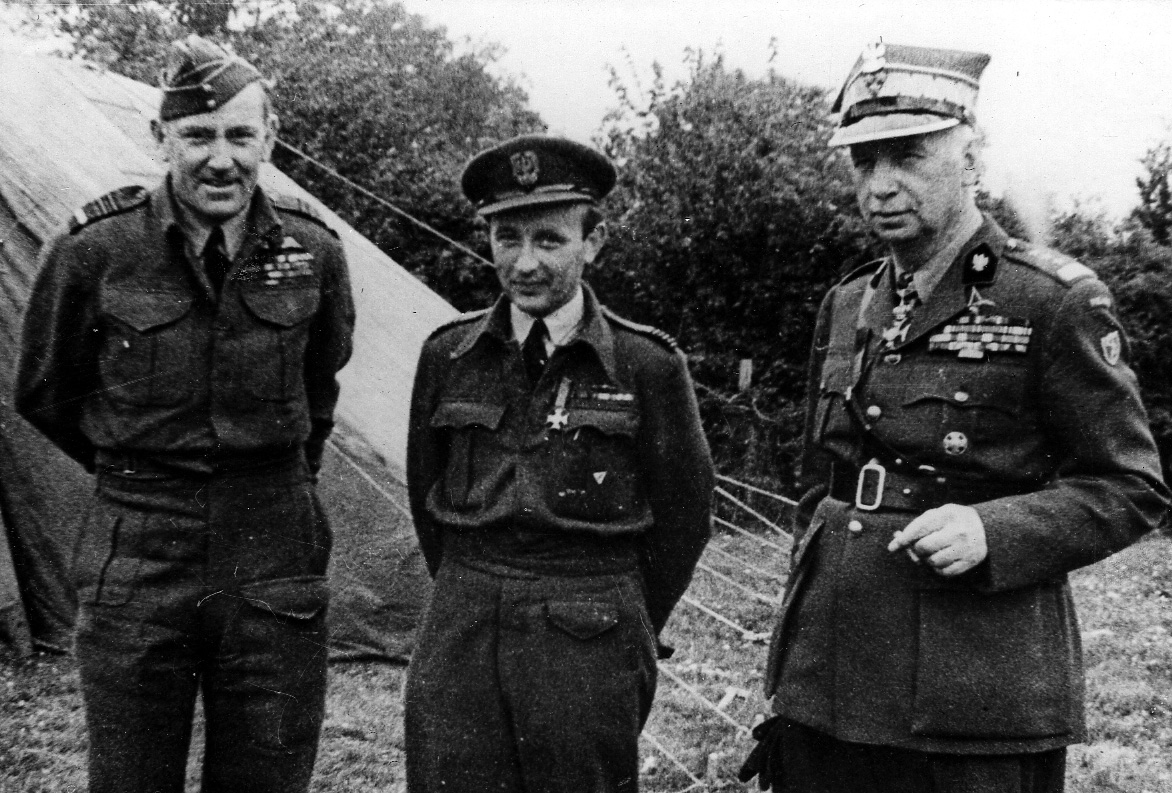 |
| W/Cmdr Stanisław Skalski with Gen.Kazimierz Sosnkowski and Air Marshal Arthur Coningham |
After two years officer training at Deblin, Skalski was commissioned in August 1938 and posted to the 4th Air Regiment based at Torun. Here he joined the ranks of No.142 Eskadra, colloquially known as the ‘Flying Ducks’, equipped with PZL fighters. By the time of the German invasion in September 1939, Skalski was an experienced pilot and highly skilled at the controls of his PZL P.11. Skalski shared in the destruction of a Henschel HS 126 on the opening day of the Second World War; some historians credit him with shooting down the first German aircraft of the entire conflict, although this remains disputed. Certainly by the end of the Polish Campaign Skalski had shot down five or six German aircraft and is widely acknowledged as the first allied fighter ace of the war.
Despite the heroism of Skalski and his countrymen, Poland was not able to stand up to the overwhelming might of the German war machine. Skalski left his country through Romania before heading out across the Mediterranean Sea and arriving in Great Britain in January 1940. He was commissioned as a Pilot Officer in the RAF; after converting aircraft types he was posted to No.501 Squadron in August, operating Hawker Hurricanes from RAF Gravesend in No.11 Group.
Skalski’s first victory with the RAF was on August 30th, when he shot down a Heinkel 111. A Bf109E was confirmed the next day, and he managed to defeat two German fighters on September 2nd. Three days later, No.501 Squadron was scrambled from Gravesend to intercept a large formation of German bombers with a heavy fighter escort. Skalski sent a Heinkel 111 down in flames before turning to engage a Bf109; this he also defeated, forcing the pilot to take to his parachute.
As he was turning away, a second 109 attacked Skalski and flames licked from the engine into the cockpit. Hurtling out of control, Skalski was able to open the hood of his Hurricane – a fighter with a notorious reputation for cockpit jams when on fire – and parachute to safety. However, his burns were severe and Skalski spent six weeks in hospital before leaving under his own insistence and returning to the front line before fully healed. Unable to run due to his wounds, Skalski spent his daylight hours sat in the cockpit of his Hurricane, ready to scramble at a moment’s notice. For his bravery during the Battle of Britain, the Polish government in exile awarded him the prestigious Virtuti Militari.
In March 1941 Skalski was posted to No.306 (City of Torun) Polish Fighter Squadron. By summer he was promoted to Flight Lieutenant and given the post of Flight Commander. The squadron reequipped with Spitfires and he shot down another five German aircraft in offensive fighter sweeps over northern France for which he was awarded the Polish Cross of Valour and the British Distinguished Flying Cross. In March 1942, Skalski was transferred to No.316 (City of Warsaw) Polish Fighter Squadron, flying Spitfire Mk.Vs from RAF Northolt. It was with No.316 that he shot down his first FW190.
Promoted to Squadron Leader two months later, Skalski was given command of No.317 Polish Fighter Squadron ( City of Vilnius), also at Northolt. He led No.317 for five months, including as part of the air cover for the disastrous Dieppe Raid during which his squadron shot down seven German aircraft. After years of continuous fighting, Skalski was finally pulled from front line operations in November 1942 and made Chief Flying Instructor of No.58 Operational Training Unit at RAF Grangemouth.
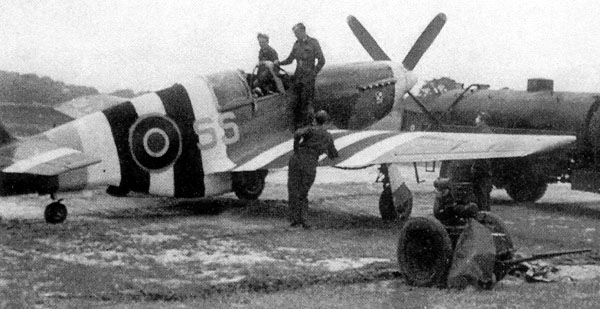 |
| Photograph of Mustang III flown by Wing Commander Stanisław Skalski |
Skalski returned to front line operations in the new year of 1943 when he created what would soon become the legendary Polish Fighting Team, an elite group of fifteen of the very best Polish fighter pilots. After forming up, the PFT was deployed to Bu Grara airfield, some 250 kilometres to the west of Tripoli and began offensive operations in March. The PFT, or ‘Skalski’s Circus’ as they became known, were heavily involved in the fighting in the skies above the desert war, but this soon came to an end when German forces in the region capitulated in May. In this time, the Spitfires of the PFT accounted for some 25 confirmed victories (some sources quoting up to 30) for the loss of one pilot who became a POW.
Skalski was given command of No.601 Squadron in July 1943, flying Spitfires from Luqa, Malta before moving to Pachino in Sicily later in the month. Promoted to Wing Commander shortly after receiving a second bar to his DFC for his leadership during the invasions of Sicily and Italy, Skalski returned to Britain in December. He took command of No.131 (Polish) Wing, predominantly flying Spitfires from RAF Northolt until April 1944, where he took command of No.133 (Polish) Wing, equipped with Mustangs. Heavily involved in long range bomber escorts over Europe and ground attack during the Normandy campaign, Skalski’s operational flying career with the RAF ended in September 1944. He spent 6 months in the United States before ending the war with a staff appointment.
Skalski returned to Poland after the war and joined the Polish Air Force in its various stages of post-war transformation. He retired in 1972 with the rank of general brygady before living alone in Warsaw as president of the Polish Aero Club. He passed away in 2004. Sources differ in his final victory tally, but with between 18 and 22 victories Skalski was Poland’s top scoring fighter ace. He is remembered for his iron grit and determination, bravery in the air and the loyalty he inspired from those who fought alongside him.
About The Author
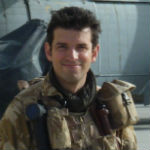 |
Mark Barber, War Thunder Historical Consultant Mark Barber is a pilot in the British Royal Navy's Fleet Air Arm. His first book was published by Osprey Publishing in 2008; subsequently, he has written several more titles for Osprey and has also published articles for several magazines, including the UK's top selling aviation magazine 'FlyPast'. His main areas of interest are British Naval Aviation in the First and Second World Wars and RAF Fighter Command in the Second World War. He currently works with Gaijin Entertainment as a Historical Consultant, helping to run the Historical Section of the War Thunder forums and heading up the Ace of the Month series. |
See you in the skies
